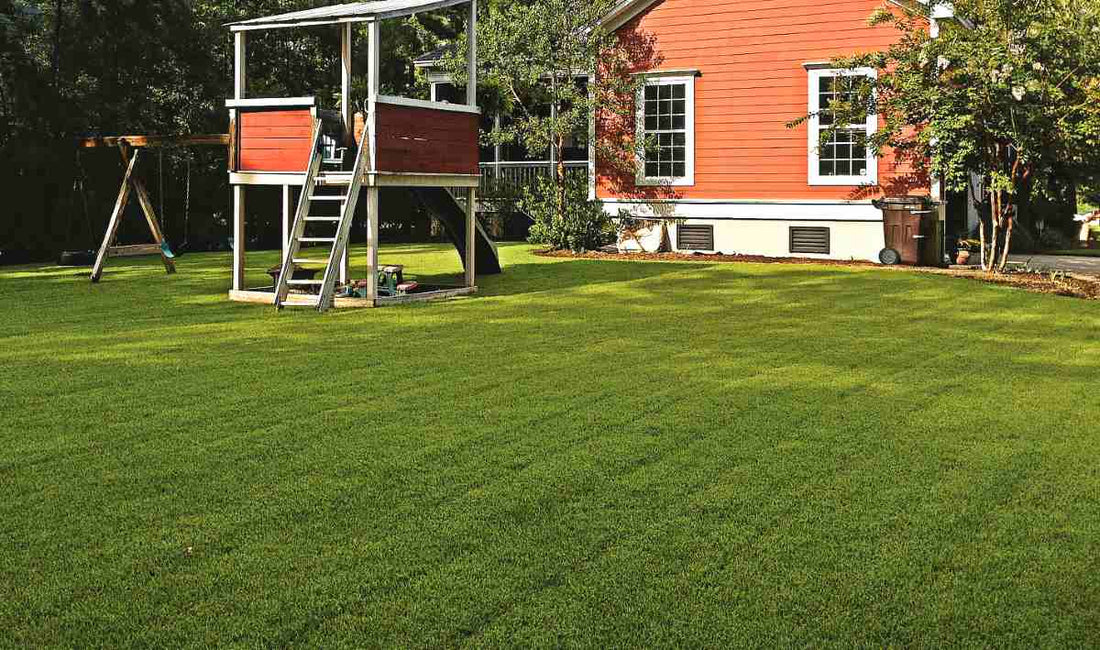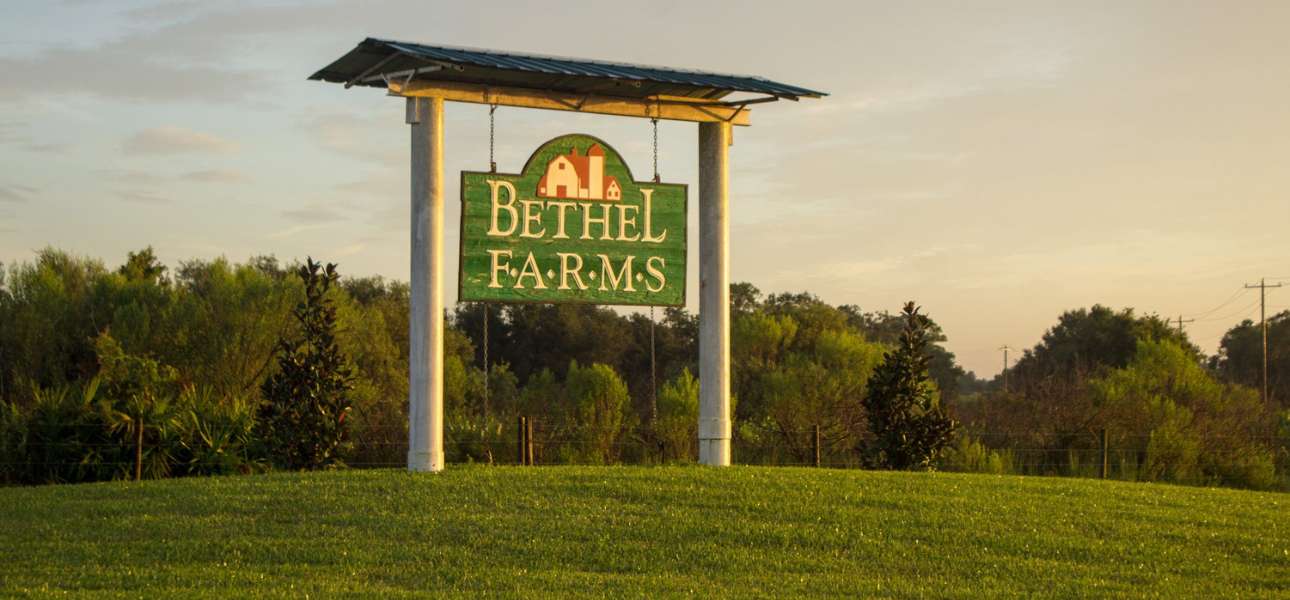
How to Budget for Sod Installation
Maria VidalTransforming a barren lawn into a lush, green expanse by installing sod can be a thrilling experience. However, as you envision this immediate transformation, it’s essential to recognize the costs involved. Sod installation can become costly, especially when factoring in soil preparation, delivery, and labor. Here's a breakdown of some factors that can affect sod prices.
Grass Type: Sod prices vary based on grass species, with the improved or hybrid varieties often more expensive. Warm-season grasses are prevalent in warm, humid climates like Florida. At Bethel Farms, the prices for sod grass for sale vary depending on the type of grass.
Yard Size: Larger lawns require more sod, but the per-square-foot labor costs may decrease for installations exceeding 1,000 square feet. Larger projects often benefit from bulk pricing, helping offset the price per square foot.
Labor: Professional sod installation costs often include soil preparation and leveling. Leveling the ground before laying sod creates a uniform surface and improves water absorption, minimizing potential drainage issues.
Delivery Fees: Many sod suppliers charge for delivery, particularly for large orders. Delivery costs vary based on distance and access.
These factors can significantly impact the total cost of your sod project, so be sure to inquire about them or do your research when planning. Understanding these variables will help you make informed decisions and set realistic expectations for your budget.

Additional Costs of Installing Sod
Beyond the base sod cost, other additional expenses may arise, depending on your specific lawn needs. These extra costs can vary based on the accessibility, condition, and complexity of your lawn.
Topography: Lawns with tree roots, slopes, or uneven ground are more challenging to work with, driving up the labor costs for sod installation. These obstacles require more time and sometimes specialized equipment to ensure smooth installation.
Old Grass Removal: Removing existing grass is often necessary to prepare the area for new sod. This service can add up to the expenses, but you can save money by renting a sod cutter and handling the removal yourself.
Soil Condition: Nutrient-poor soil may require extra fertilizers or amendments to support new grass growth. Soil testing can assess pH levels and nutrient composition, guiding your fertilizer applications for a healthy start.
Leveling and Topsoil Spreading: Addressing drainage and grading issues ensures your newly sodded lawn thrives. Adding topsoil fills in holes and provides a nutrient-rich layer, supporting strong root development.
Sprinkler System: Consistent watering is crucial during initial establishment to keep the sod from drying and encourage rooting. Installing a sprinkler system before laying sod is often more cost-effective than installing it after, as it avoids digging through established grass.
DIY vs. Professional Sod Installation
Landscaping companies and some garden centers often offer sod installation, but you also have the option to purchase sod directly from farms like Bethel Farms and install it yourself.
DIY Sod Installation
Opting for a DIY sod installation can save on labor costs, giving you hands-on control over the project. However, because sod is a living product, it’s a time-sensitive endeavor—sod should be installed within 24 hours of delivery to prevent drying out. DIY installation comes with its own set of challenges, particularly the physical labor and technical knowledge required. Mistakes in soil preparation or improper alignment can disrupt sod establishment, potentially affecting the long-term health and appearance of your lawn. If you go the DIY route, remember that thorough preparation and precise timing are key to helping your lawn thrive.
Professional Sod Installation
Hiring a professional for sod installation brings the benefit of expertise. Experienced installers are skilled in soil preparation, leveling, and laying sod efficiently, so the job gets done right the first time. While hiring a professional adds to the upfront sod costs, it can be a wise investment to avoid potential errors that could prove costly down the road. Their experience ensures a smooth installation, helping your new lawn get off to the best possible start.
Whether you decide on DIY or professional installation, the key is to make sure your measurements are accurate and the soil is adequately prepared. For further guidance on measuring and preparing your lawn, check out our guide on calculating how much sod you need.

Finding High-Quality Sod and a Reliable Installer
The success of your sod installation project depends on finding high-quality sod and a reputable installer. Here are some tips to help with your search.
Check Reviews: Look for online reviews and testimonials to gauge the quality of both the sod and the installer’s work.
Beware of Low Prices: If an estimate seems too good to be true, it probably is and could indicate corners are being cut in quality or service. It's why it pays to know the average sod installation cost and to get multiple estimates, so you can ensure you’re receiving quality sod and reliable installation.
Check Credentials: Ensure the installer has the necessary licenses and insurance to protect you and your property.
Understand Local Regulations: Some areas have specific guidelines or restrictions on sod installation and lawn removal, so be sure to check your local ordinances.
Final Thoughts
Quality sod and proper installation techniques are essential for establishing a healthy, thriving lawn. After installation, remember that sod takes 10–14 days to root and up to a month to become established fully. During this period, avoid heavy traffic on the lawn. You’ll know the sod is rooted when it becomes difficult to lift a corner of the sod.
Bethel Farms is a trusted sod farm in Central Florida, offering a variety of warm-season grass types, including Bermuda, Zoysia, and St. Augustine. Our sod is available in pallets covering up to 400 square feet, giving you the quality you need for a beautiful, healthy lawn. Proper planning and budgeting will ensure your sod installation project leads to a green, lush landscape you’ll enjoy for years.

